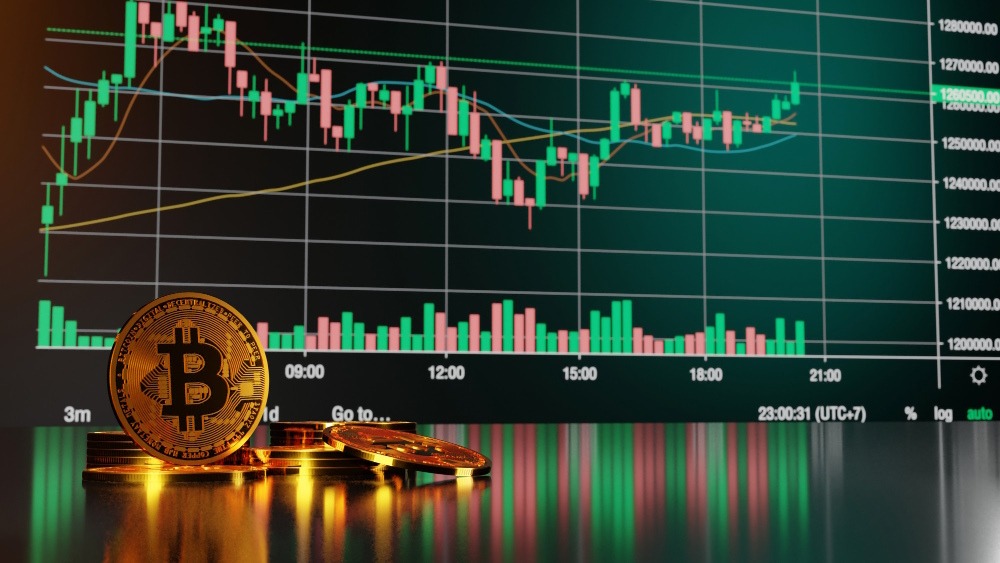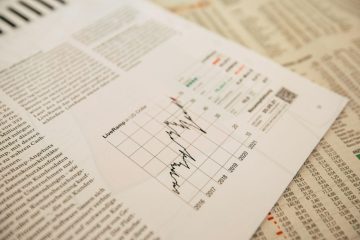The Rise of Algorithmic Trading in Cryptocurrency Markets

What Is Trading Using Algorithms?
Since the launch of Bitcoin in 2009, the cryptocurrency trading industry has experienced incredible expansion and development. The advent of algorithmic trading is one of the biggest developments in this field. The way investors engage with cryptocurrency markets has been completely transformed by this advanced trading strategy, which uses computer algorithms to carry out trades. The growth of algorithmic trading in cryptocurrency markets is examined in this article, which also discusses its advantages, difficulties, and potential future developments.
Algorithmic trading, sometimes known as “algo-trading,” is the practice of utilizing computer programs to carry out trades automatically in accordance with pre-established criteria. A wide range of variables, including price, volume, timing, and other market conditions, may be included in these requirements. The main objective is to carry out trades more quickly and at the best prices in order to maximize profits and reduce risks.
Algorithmic Trading’s Advantages in Cryptocurrency Markets
Due to its many benefits, algorithmic trading is becoming more and more well-liked among bitcoin enthusiasts.
The three main elements of algorithmic trading are data analysis, algorithms, and execution. The guidelines or instructions that direct the trading process are known as algorithms, and they can be as basic as moving average crossovers or as sophisticated as machine learning and artificial intelligence models. The term “execution” describes the automated, human-free placement of orders on the market that guarantees accuracy and speed. The process of continuously reviewing enormous volumes of market data in order to spot trading opportunities and make real-time strategy adjustments is known as data analysis.
Algo-trading algorithms are capable of processing and analyzing market data at a far faster rate than humans. This facilitates faster decision-making and execution, which is essential in the quick-paced cryptocurrency trading industry.
- Speed: Algorithms are able to take advantage of transient market opportunities by executing transactions in milliseconds.
- Accuracy: By lowering the possibility of human error, automated methods guarantee accurate trade execution.
Algorithmic solutions facilitate higher market liquidity by permitting high-frequency trading. More stable prices and narrower bid-ask spreads follow as a result.
Sophisticated risk management strategies can be incorporated into algorithmic trading to shield investors from large losses. The emotional biases that frequently impede human traders are removed by algorithmic trading, resulting in more reliable and disciplined trading results.
Algorithmic Trading’s Difficulties in Cryptocurrency Markets
Algorithmic trading in bitcoin markets has a number of drawbacks despite its advantages.
Because of their notoriously high levels of volatility, cryptocurrency markets can present serious hazards to algorithmic trading systems. If not effectively managed, rapid price swings might result in unanticipated losses.
The legality and viability of algorithmic trading techniques may be affected by changes to the constantly changing regulatory landscape surrounding cryptocurrency.
Algorithmic trading systems demand significant financial resources and highly skilled technical personnel to develop and operate.
- Development Expenses: It can be costly to build complex algorithms and infrastructure.
- Maintenance: To guarantee that algorithms adjust to shifting market conditions, constant observation and update are required.
There is a greater chance of cyberattacks and other security problems as algorithmic trading becomes more popular. Strong security protocols must be in place to safeguard investor money and trading platforms.
Algorithmic Trading’s Future in Cryptocurrency Markets
The future of algorithmic trading in cryptocurrency markets is bright as long as technology keeps developing. Its evolution is expected to be shaped by a number of trends and advancements.
Artificial Intelligence and Machine Learning Integration: By combining AI and machine learning, algorithmic trading systems can become more adaptive and predictive. With the use of these technology, traders may examine intricate patterns and make wiser choices.
- Growth in Institutional Investor Adoption: It is probable that institutional investors will become more involved in cryptocurrency markets as algorithmic trading systems advance in sophistication and dependability. Increased market liquidity and stability may result from this.
- Creation of Decentralized Trading Platforms: Because of its security and transparency, Decentralized Exchanges, or DEXs, are becoming more and more well-liked. Automated and trustless trading may find new applications when algorithmic trading and DEXs are integrated.
- Improved Risk Management Tools: As risk management tools continue to develop, algorithmic trading systems will be able to better navigate the erratic cryptocurrency markets, shielding investors from big losses.
Conclusion
An important development in trading practices is the emergence of algorithmic trading in cryptocurrency markets. Traders can improve their trading methods’ efficiency, accuracy, and consistency by utilizing computer algorithms.
Even if there are still issues with market volatility, unclear regulations, and technological complexity, algorithmic trading in cryptocurrency markets appears to have a promising future. As technology progresses and institutional investors use it more frequently, algorithmic trading is going to become a more significant factor in the development of the cryptocurrency markets.










